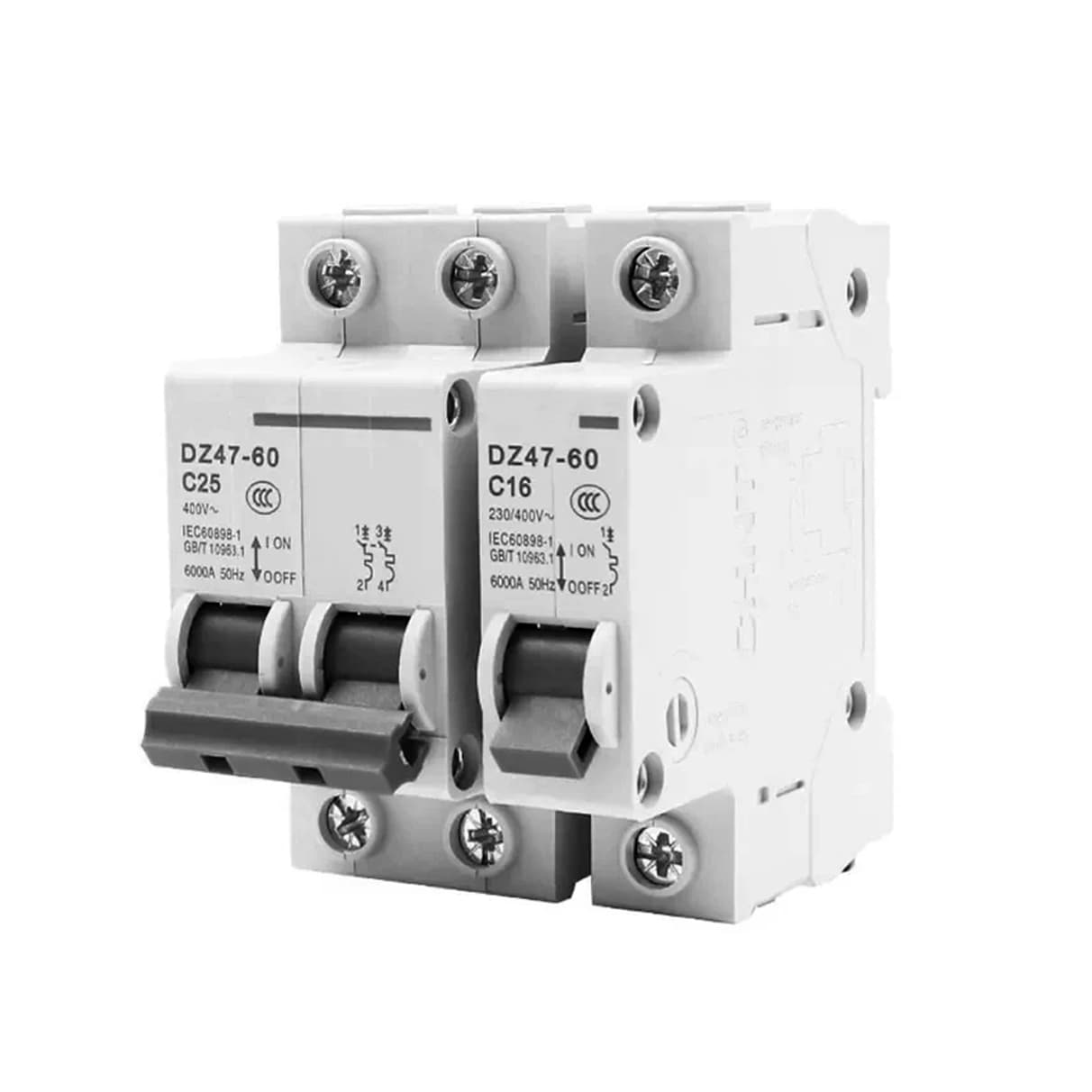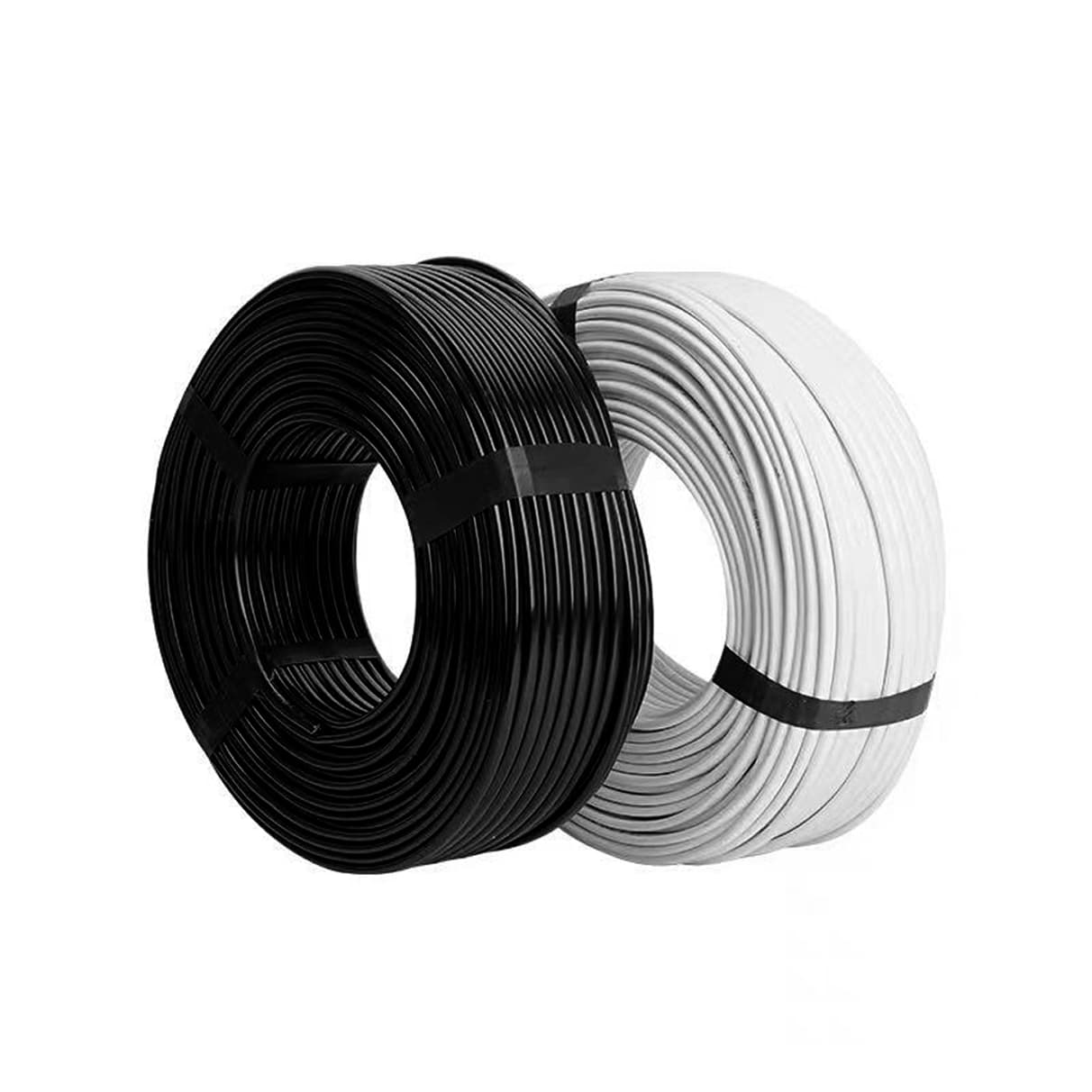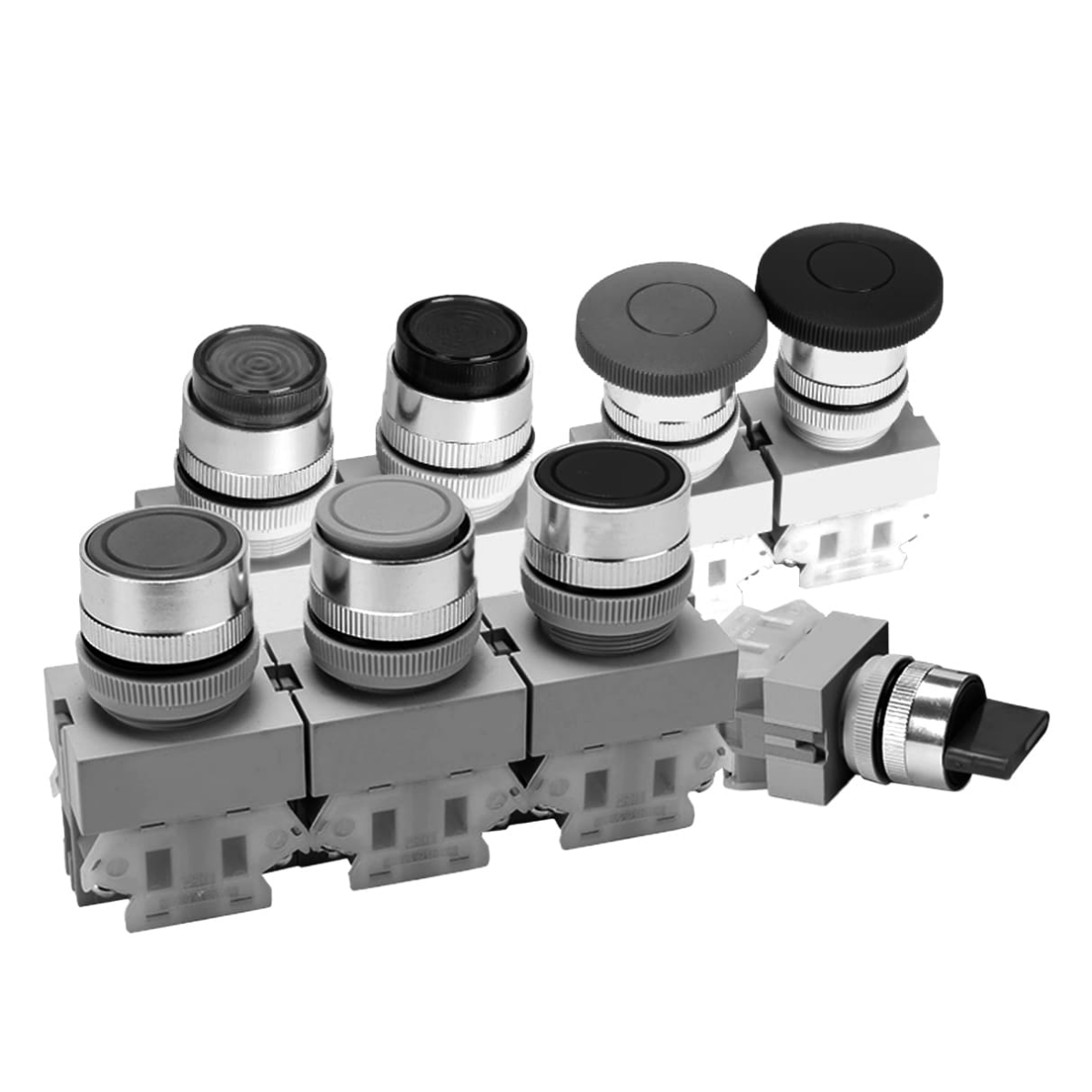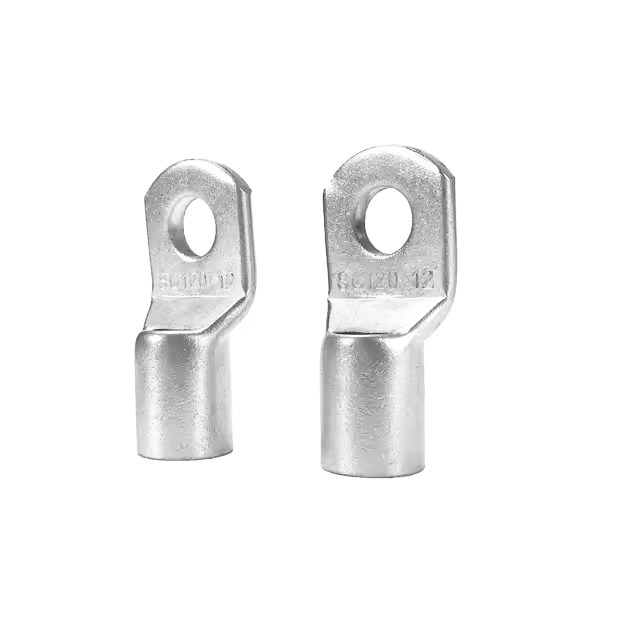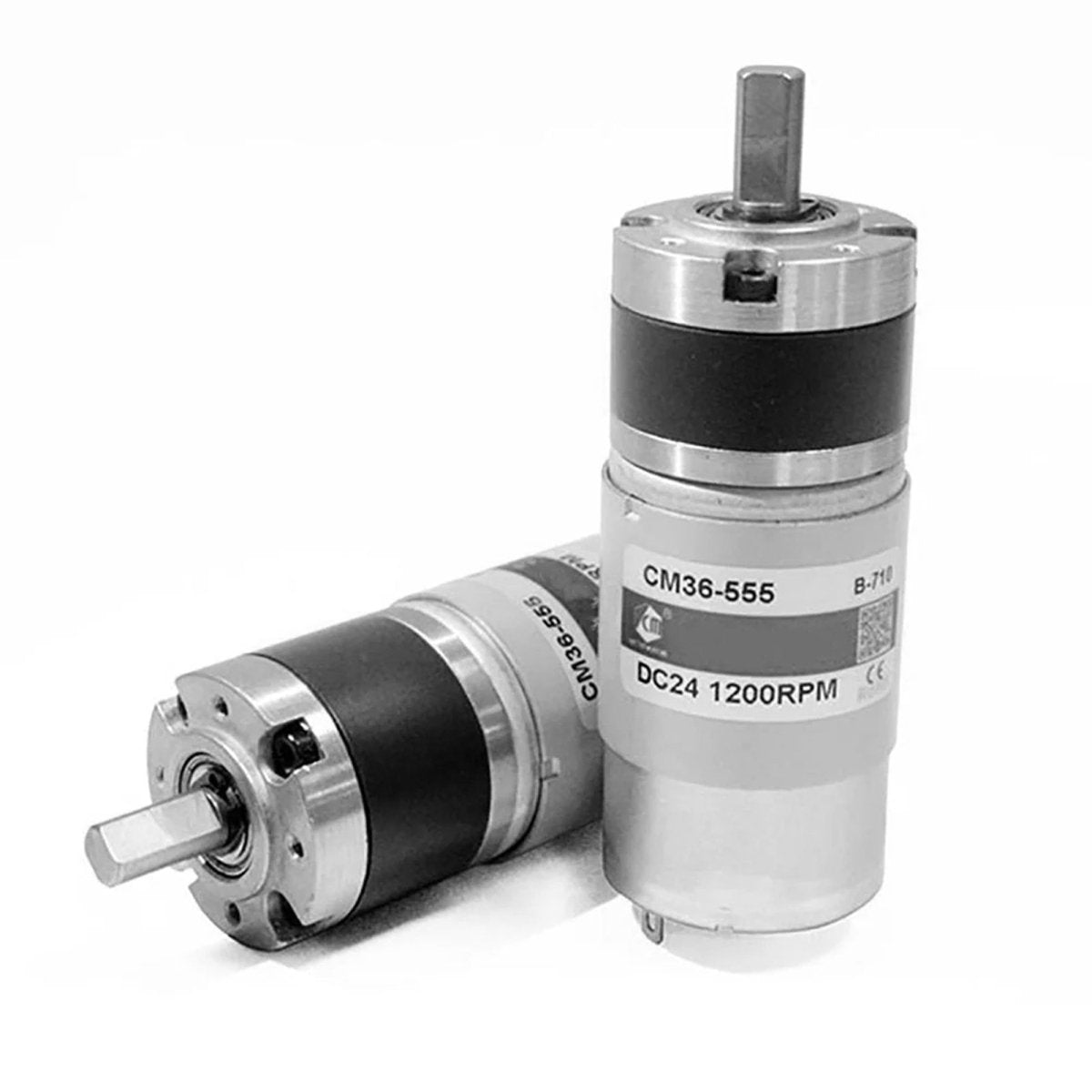Safety Switches 101: Types, Maintenance, and Expert Buying Guide
Safety switches are critical components in vehicles, HVAC systems, and industrial equipment, acting as safeguards against accidents and malfunctions. At HomeDIYer, we provide premium safety switches tailored to meet diverse needs—from automotive repairs to industrial automation. In this comprehensive guide, we’ll explore the types of safety switches, how to troubleshoot common issues, and tips for choosing the right product for your project.
1. Types of Safety Switches and Their Applications
Safety switches come in various forms, each designed for specific functions. Here’s a breakdown of the most common types:
A. Automotive Safety Switches
- Neutral Safety Switch: Prevents vehicles from starting unless in Park or Neutral. Common in automatic transmissions (e.g., 4L60E neutral safety switch).
- Clutch Safety Switch: Ensures the clutch is fully depressed before starting manual transmission vehicles.
- Throttle Safety Switch: Monitors throttle position to prevent unintended acceleration.
B. HVAC & Industrial Safety Switches
- HVAC Safety Switch: Protects heating/cooling systems from overflow or pressure buildup (e.g., condensate safety switch).
- Safety Disconnect Switch: Cuts power during emergencies in industrial settings.
- Magnetic Safety Switch: Used in machinery to halt operations when doors are opened.
C. Specialty Safety Switches
- Gun Safety Switch: Enhances firearm safety (e.g., Glock safety switch).
- Safety Door Switch: Ensures doors are closed before machinery operates.
2. Signs of a Faulty Safety Switch and How to Fix It
Knowing when a safety switch is failing can prevent costly repairs or accidents:
Common Symptoms:
- Neutral Safety Switch Failure: Vehicle won’t start, erratic shifting, or warning lights.
- Faulty HVAC Safety Switch: AC unit shuts off unexpectedly or leaks water.
- Worn Clutch Safety Switch: Engine cranks without clutch engagement.
DIY Fixes:
- Bypassing a Neutral Safety Switch: Only recommended for diagnostics—use a jumper wire temporarily.
- Replacing a Safety Switch: Follow manufacturer guidelines (e.g., how to replace neutral safety switch).
Pro Tip: Always test switches with a multimeter before replacement. For complex systems like 4L80E neutral safety switch wiring, consult a professional.
3. How to Choose the Right Safety Switch
Selecting the correct switch depends on your application and safety standards:
- Match Specifications: Check voltage ratings, certifications (UL, CSA), and compatibility (e.g., 2019 GMC Acadia neutral safety switch).
- Prioritize Durability: Opt for corrosion-resistant materials in harsh environments.
- Consider OEM vs. Aftermarket: OEM parts ensure perfect fitment, while aftermarket options offer cost savings.
Did You Know? HomeDIYer offers Eaton safety switches and Cutler Hammer safety switches—trusted brands for industrial and residential use.
4. Maintenance Tips to Extend Safety Switch Lifespan
Regular upkeep ensures reliability and compliance:
- Inspect Wiring: Look for frayed cables or loose connections.
- Clean Contacts: Use electrical contact cleaner to prevent corrosion.
- Test Functionality: Simulate emergency scenarios (e.g., triggering a safety disconnect switch).
Warning: Never ignore symptoms of a bad neutral safety switch—delayed repairs can lead to transmission damage.
5. Industry Trends: Innovations in Safety Switches
Stay updated with advancements improving safety and efficiency:
- Smart Safety Switches: IoT-enabled devices send alerts for malfunctions.
- Modular Designs: Easier installation and customization (e.g., Schmersal safety switch).
- Enhanced Durability: Switches rated for extreme temperatures and vibrations.
6. Why Choose HomeDIYer for Safety Switches?
- Wide Selection: From neutral safety switch bypass kits to HVAC safety switches, we cover all needs.
- Expert Support: Get help with installation, troubleshooting, and compliance.
- Fast Shipping: Orders ship within 1-3 business days in the U.S.
FAQ: Common Questions About Safety Switches
Q: Where is the neutral safety switch located?
A: Typically near the transmission shifter or under the vehicle’s dashboard.
Q: Can a bad safety switch cause shifting problems?
A: Yes—faulty neutral safety switch symptoms include erratic gear changes.
Q: How much does it cost to replace a safety switch?
A: Costs range from 50−50−200, depending on the model (e.g., neutral safety switch replacement cost).
Q: What is a safety interlock switch?
A: It prevents machinery from operating unless safety conditions are met.
Conclusion
Safety switches are indispensable for protecting both people and equipment. At HomeDIYer, we’re committed to providing high-quality safety switches for automotive, HVAC, and industrial applications. Explore our catalog today and ensure your systems operate safely and efficiently!

